Overview
Short-term and long-term disability plans provide partial income replacement should you be unable to work due to an illness or injury. The plans integrate with other social sources (State Disability Insurance, Workers Compensation, Social Security, etc.) to provide a combined benefit of some percentage of base annual earnings (typically either 60% or 66.6%).
Benefits
|
Short-Term Disability |
Long-Term Disability |
|
|
Elimination Period This means the number of days that the employee cannot work due to the disability |
Typically 7-13 days |
Typically 90 days |
|
Maximum Benefit |
The maximum payable benefit from all sources combined will not exceed a specific weekly maximum. |
The maximum payable benefit from all sources combined will not exceed a specific monthly maximum. |
|
Duration of Benefits |
Benefits are typically payable for a maximum of 13 weeks. |
Benefits are payable to Social Security Normal Retirement Age (SSNRA) while you continue to be disabled. SSNRA is age 65-67, depending on the year you are born. |
|
Pre-Existing Conditions |
None |
A typical pre-existing provision clause would read: A disability resulting from any condition that existed, or for which you were treated, during the three (3) months immediately preceding your coverage effective date is not covered unless you have been actively at work and continuously covered under the plan for 12 consecutive months. |
|
Special Limitations |
None |
There is typically a 24-month lifetime benefit maximum for disabilities resulting from mental/nervous conditions and alcohol or substance abuse. |
Taxation
For employer-sponsored disability benefits, one of two different taxation scenarios will occur:
-
If the employer pays the premium, then disability benefits received by the employee upon becoming disabled will be income taxable. (This is the most common scenario.)
-
If the employee pays the premium, then the disability benefits received by the employee upon becoming disabled will be income tax free. An employee can “pay the premium” in one of two ways. Premiums may be paid directly by employees via payroll deduction or the employer may pay the premium and then impute the value of the premium to the employee’s income. This latter option creates the effect of the employee paying income tax on the premium. Either way, the employee paying tax on the premium allows the disability benefits to be paid out tax-free.
In general, if the employee pays tax on the premium, then the benefit will be tax-free. If the employee does not pay tax on the premium (as in when the employer pays the premium), then the benefit will be income taxable.
Prevalence
Long-term and short-term disability plans are commonly provided by employers. However, some employers do not provide these benefits. Consult your employee benefits plan materials for details on any disability benefits provided to you.


